Just because it’s the winter doesn’t mean the Joseon Dynasty tomb quest is on hold. I can’t control the weather, but the snow does make some scenes come alive quite nicely.
Tucked behind an outdoor market and a couple hundred meters from the main road are two Joseon-dynasty tombs. While Heolleung and Illeung are in Seoul, the hustle and bustle of the city are quite far away. The result is a quiet, peaceful place to play in the snow, picnic, or whatever the season may allow.
Straight ahead from the entrance (above) is Illeung, the tomb of King Sunjo (r. 1800-1834) and Queen Sunwon. The second son of previous King Jeongjo, Sunjo was crowned at 11, but the kingdom was run by Queen Dowager Jeongsun, his grandmother. After marrying Queen Sunwon at 13 and initiating his rule at the tender age of 14, King Sunjo worked to enhance his royal authority. Although he sent secret inspectors to figure out what the people wanted, the corruption of the court and natural disasters combined to make the people poorer.
To the right of the tomb is a staircase for anyone to climb and get a closer look at the statues…
…but that view is limited to a roped-off platform some meters away. It’s closer than you’ll get at some other tombs, but not quite close enough to appreciate everything.
Head down the stairs and cut through the forest path to reach the other tomb – Heolleung:
The twin tombs of King Taejong (r. 1400-1418) and Queen Wongyeong. By far the older tomb, Taejong was the 3rd Joseon Dynasty king, and the son of Taejo, the first king. Born as Yi Bangwon, he helped his father establish the Joseon dynasty by killing Confucian officials still loyal to the previous Goryeo dynasty.
In case you thought quid pro quo was in order, it wasn’t. Both King Taejo and Prime Minister Jeong Do-jeon preferred Taejo’s younger son, Yi Bang-seok, as future king. Thus, Yi Bang-seok was named the Crown Prince. The influential prime minister preferred a government of ministers appointed by the king, while Yi Bangwon intended to create an absolute monarchy. To say these two guys didn’t like each other was an understatement; it was just a matter of who would kill who.
During this time King Taejo’s wife, Queen Sindeok, died suddenly. In the aftermath of that death, Yi Bangwon struck first, killing Crown Prince Yi Bang-Seok, the prime minister, and his followers. In the aftermath of watching his son kill for the crown and dealing with his wife’s death, Taejo gave the crown up to his second son, King Jeongjong. Jeongjong reigned for a year before seeing the writing on the wall; he made Yi Bangwon the Crown Prince, then left the throne warm for him.
Now king, Yi Bangwon / King Taejong had to prove himself. Former King Taejo still held the royal seal – the legitimacy maker, if you will. As if it weren’t clear he would be a good king, Taejong abolished the private armies maintained by the rich, revised the land tax, and introduced a rudimentary identification system for the mere mortals. He strengthened his royal power by installing a State Council, then decreeing all Council-approved matters had to come through him. The Sinmun office was also established, giving people the chance to consult with the king over matters of exploitation or unfair treatment.
What makes the man controversial is not the end result, but the execution. In the name of centralizing power and limiting influence, he killed his wife’s four brothers, and his third son’s in-laws. That third son’s future name…? King Sejong.
One highlight of Heolleung are two royal tombstones with epitaphs, one dating back to the 16th century (not pictured); this one was erected in 1695. During King Sejo’s reign, the senior officials claimed that these tombstones were redundant – the royal annals had already recorded their achievements, so why put up a tombstone for them? The only other extant set is in buy drugs online no prescription target=”_blank”>Geonwolleung in Donggureung.
A set of stairs leads up the left side of the hill. The tombs themselves, along with the altar, are guarded by another roped-off platform.
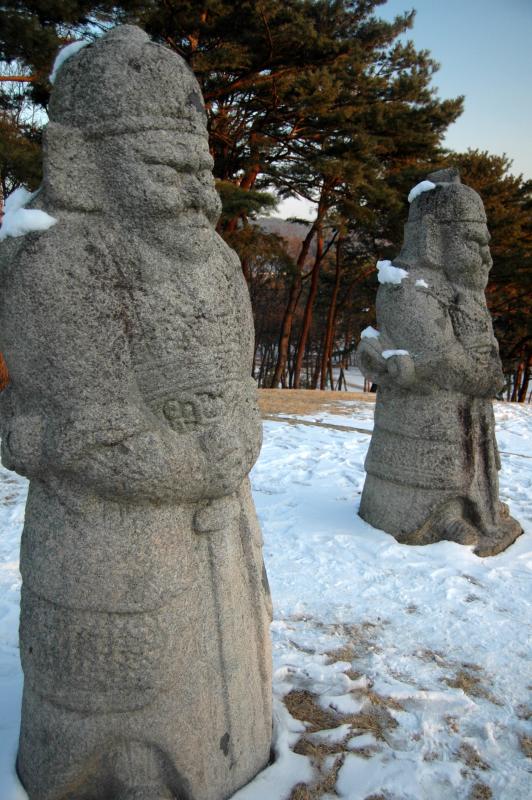
Being immortalized in stone sounds like a good way to go. The various civil and military officials have enough differences to play ‘spot the difference’, but you’ll need a good set of eyes – and weather that cooperates.
Standing on the knoll behind the mounds.
As tombs go, these are a little harder to reach. They’re in Seoul, but somewhat south of the bustling Gangnam area. As usual, the history behind them is what makes them worth visiting, and there’s enough English around to whet your appetite for more.
Ratings (out of 5 taeguks): How do I rate destinations?
Worth the visit:
Directions to Heolleung / Illeung: Take line 3 of the Seoul subway system to Yangjae station. Take exit 6 or 7 to street level, then walk straight for about 200 meters. Look for the first bus stop in the middle of the road – cross one direction of traffic to the bus stop and hop on bus 407, 408, 440, 462, or 471. Ride the bus for 9 stops to the 헌인능 (Heon-in-neung) stop, then keep walking in the same direction to the traffic light. Cross the street and start walking down the side road. Stay straight down this road until it curves left (about 300 meters from the main road). As it curves left, look straight ahead for the tomb entrance. 1,000 won admission, open 9am to 6:30pm from March to October; 9am – 5:30pm from November to February (tickets close an hour earlier either way).
This post was originally published on my blog, Chris in South Korea. If you are reading this on another website and there is no linkback or credit given, you are reading an UNAUTHORIZED FEED.
Share on Facebook

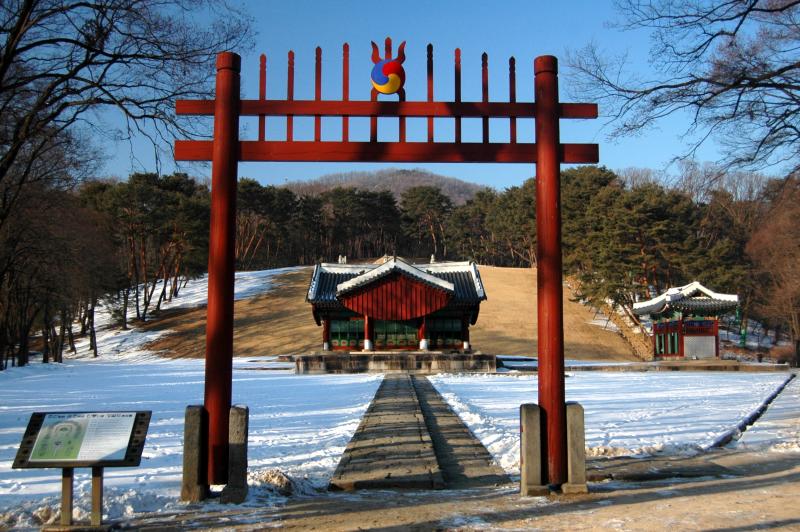
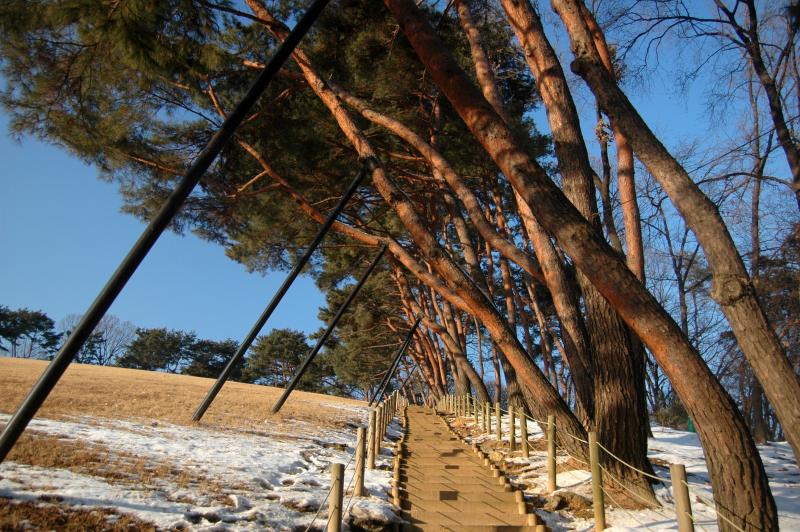
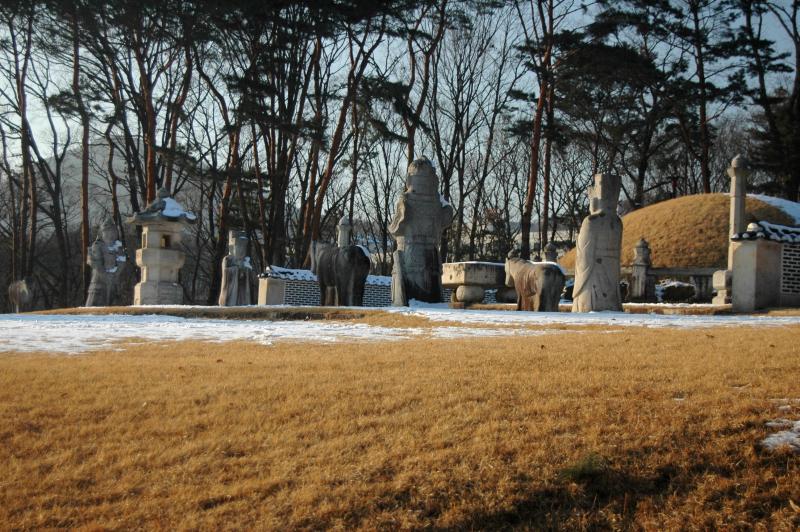
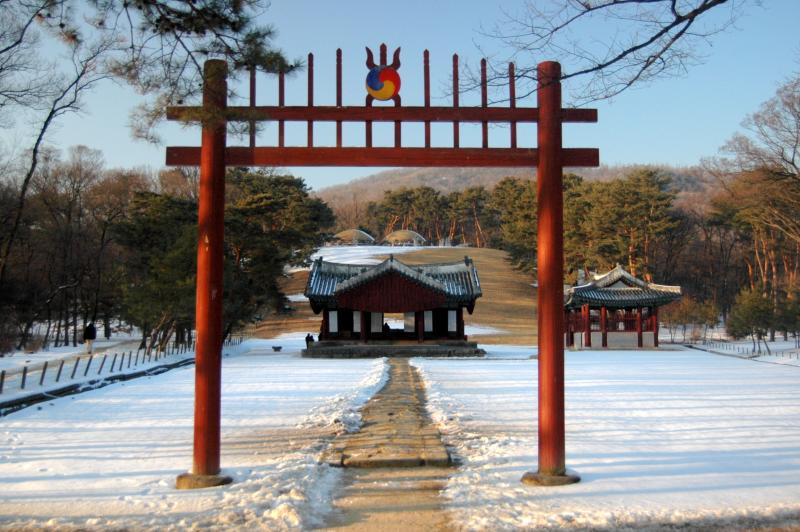
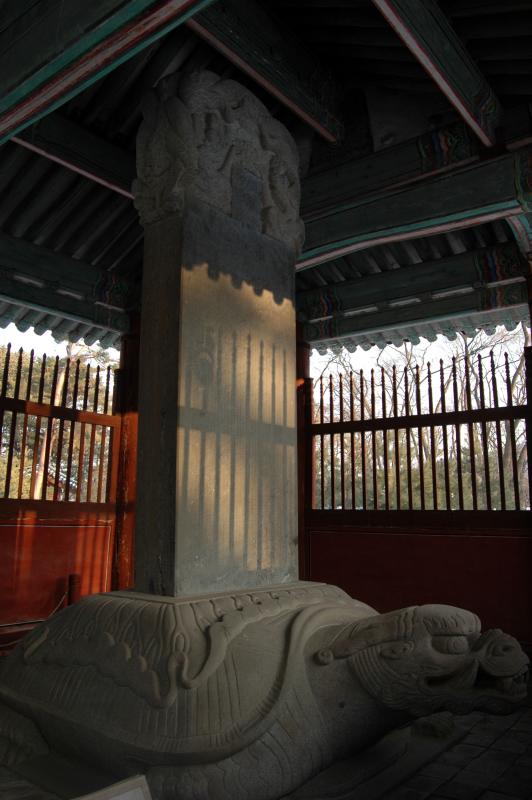

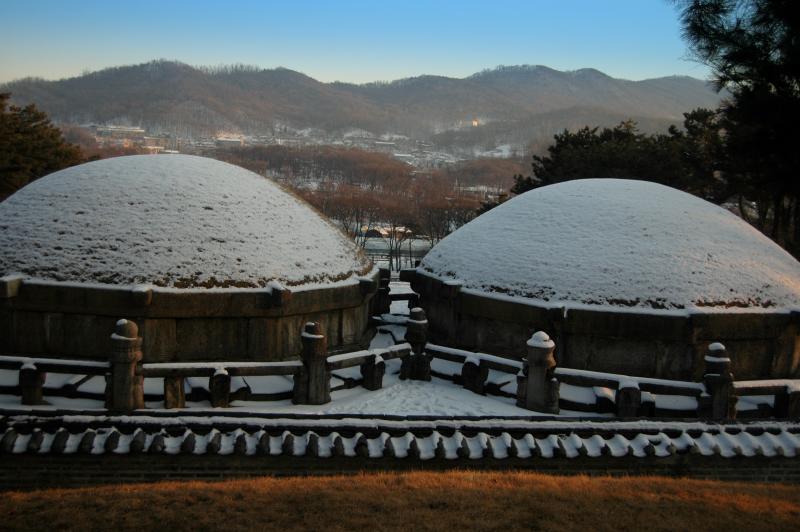





 RSS Feed
RSS Feed
Recent comments